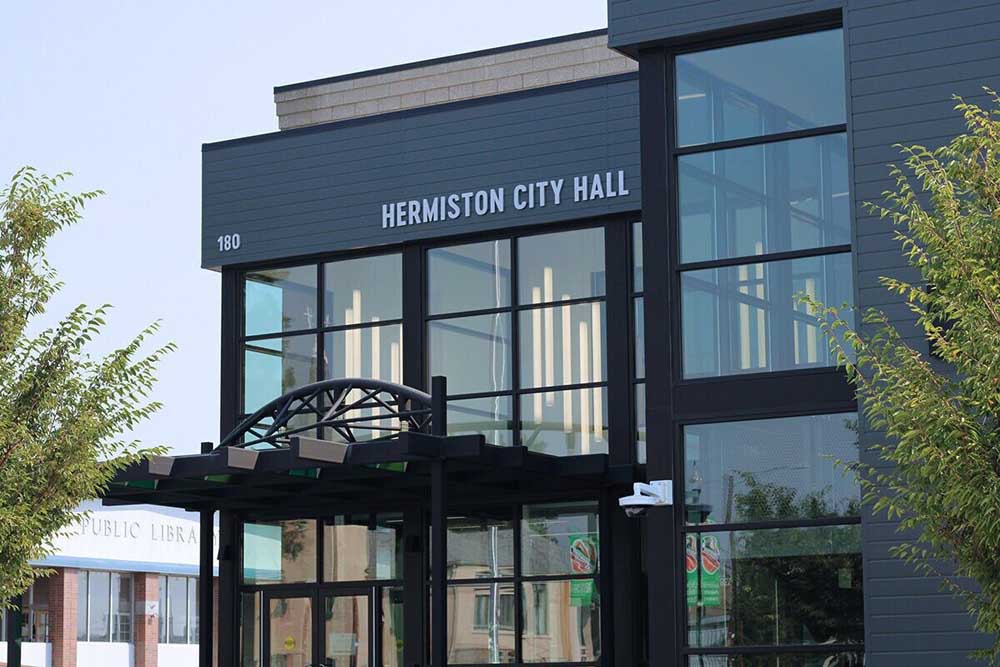Two truths and a lie: Full-day kindergarten
Published 12:18 am Tuesday, August 26, 2014
The mornings have become cooler, downtown Pendleton storefronts are already bedazzled for Round-Up and students on the west end of Umatilla County are back in school.
As much as September portends the end of summer, it also brings the beginning of a new school year.
The big change this fall in our readership area is the option of sending your five-year-old to full-day kindergarten. The first kiddos started Monday in Hermiston, earlier in Stanfield and Boardman is offering full-day kindergarten, too. Classes will soon be underway all over the region.
But with any new thing, people especially already overwhelmed parents can have a hard time separating fact from fiction. So we took a wade through an absolute ton of literature on the pros and cons of kindergarten, much of it done within the last decade, for this weeks Two Truths and a Lie.
Truth: Full-day kindergarten makes a big difference for many students.
The benefits of attending full-day kindergarten is clearly supported by a large body of research.
Kindergarten itself has been well-established in this country for more than a century, but for a long time was mainly the domain of private organizations, many of which were church-affiliated. In the last few decades, government started getting into the game mostly the half-day variety taught by part-time instructors, some of which did not have a professional teaching background.
No longer is it just daycare: kindergarten teachers are professional, result-driven and conscious of the myriad attributes that affect a childs wellbeing both inside and outside the classroom.
It shows in both standardized tests and social skills.
Studies indicate that children who attend fully-day kindergarten receive better report card grades in literacy, math, general learning skills and behavior, wrote Debra Ackerman in her 2005 study titled Making the Most of Kindergarten. They also have found statistically significant differences in full-day kindergarten students literacy development as compared to those who only participated in half-day programs.
Despite the benefits, only 60 percent of American kindergartners attended a full-day program in 2012, according to the National Institute for Early Education.
Truth: Full-day kindergarten can be good for moms and dads, too.
A full-day educational offering for five-years-olds benefits more than just the students themselves.
Its good for working families, too. A full-day structure allows them to get their children to class more often. Studies show that students who attend full sessions attend more schools days than their half-day counterparts.
According to the National Center for Educational Statistic, roughly 80 percent of parents of both full-day and half-day kindergartners would send their child to a full-day offering if they were given the opportunity.
According to th the National Education Association, teachers prefer full-day kindergarten, too. Studies cite numerous benefits, including giving educators more time to get to know kids and identify their learning challenges. The earlier that is addressed, the better chance those students have to find success in the classroom.
Lie: Attending kindergarten doesnt really matter.
Success in kindergarten correlates with success later in your education career.
And like we all know, much of success is in showing up. If a child misses 10 percent of their kindergarten year classified as chronic absenteeism that associates with lower academic performance once they start elementary school. According to the National Center for Children in Poverty, poor children are especially unable to make up for falling behind their peers early.
It may seem like coloring books and finger painting, but kindergarten helps provide the building blocks to future learning.





